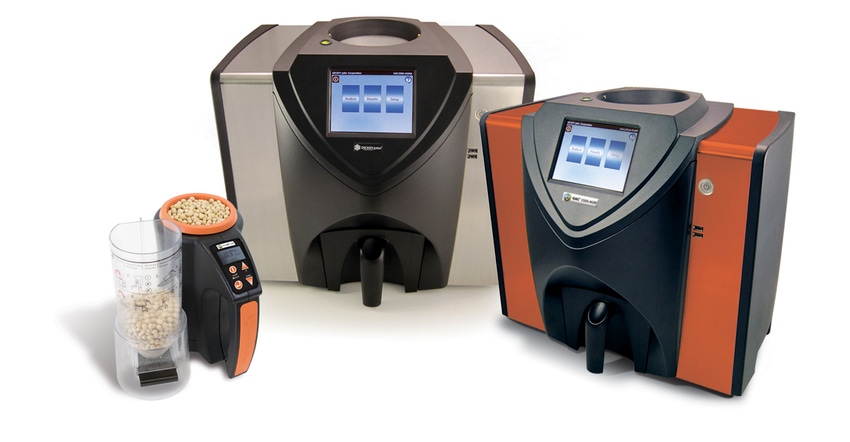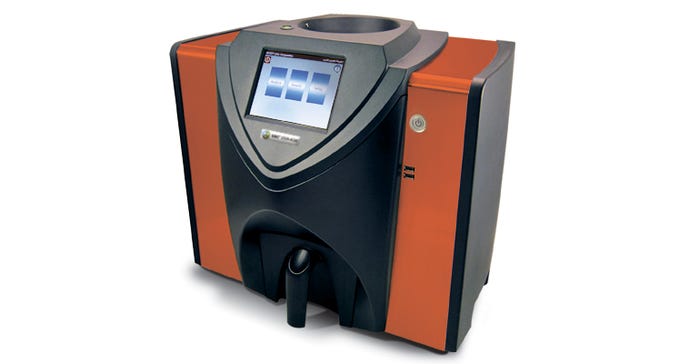July 1, 2017

Author: Roger VanderKolk, DICKEY-john Global Analytical Product Manager
During harvest and the conditioning process, the average farming operation uses at least three sensors/testers to measure grain moisture. These include a factory-installed moisture sensor on the combine, a moisture sensor tied to the grain dryer, and a standalone moisture tester, usually a handheld tester. The proliferation of all these grain moisture measuring devices indicates the importance grain moisture management has in a farm’s profitability.
Increasingly, producers in today’s economic climate are recognizing that simply owning and using a grain moisture tester is not sufficient. The moisture sensors and testers must deliver the same result across the various platforms matching the elevator results in order to maximize profitability. “Alignment” is the key to increased profitability.
Alignment as a concept ensures that every moisture measurement a producer makes is tied to a reference measurement. In the majority of farming operations, the reference measurement is the moisture tester used at the point of sale, such as the elevator. Producers that adhere to Alignment have calibrated all moisture sensors and testers throughout their operation, such as the combine or dryer sensor, to match the elevator.

The DICKEY-john GAC® 2500-UGMA Grain Analysis Computer, GIPSA-Certified as UGMA-Compatible. Utilizes the latest 149MHz technology to deliver repeatable NTEP certified results with faster analysis time.
These producers are also using the new DICKEY-john mini GAC® 2500 to calibrate the combine and dryer moisture sensors in the field. The mini GAC® 2500, the first and only handheld moisture tester based on 149 MHz / UGMA technology, provides the producer with confidence that all the moisture sensors in his operation are aligned.
Finally, Alignment dictates that all the sensors are tested more than once; simply calibrating the combine and dryer moisture sensors at the beginning of the harvest is not sufficient. Producers who have adopted Alignment calibrate these sensors daily to overcome any potential changes in grain conditions. Test Early! Test Often!
To ensure Alignment of every moisture sensor in their operation, producers should upgrade their moisture sensors and testers to the new 149 MHz / UGMA technology prior to this year’s harvest.
About the Author(s)
You May Also Like




